Comment: Whenever his haters 'fact-check' him, they discover that Putin's knowledge of history is sublime. Putin's remarks about a little-known fact of US meddling in Russian affairs over 100 years ago were part of this riveting answer he gave to a British Sky News reporter during his marathon Q&A in December...
(The relevant portion begins at 04:36)
Last week, at a press conference with 500 journalists, Vladimir Putin reiterated his suspicions about American intentions toward Russia, recalling that one of President Woodrow Wilson's advisers once endorsed the partition of Russia, writing more than a century ago:
"It would be better for the whole world if a state in Siberia and another four states emerged in the European part of what is now greater Russia."
The quotation is real — it belongs to Edward House, Wilson's informal chief adviser on European politics and diplomacy during World War I.
To find out more about America's proposal to carve up the Russian Empire (and to get some much-needed historical context), Meduza turned to historian Alexander Etkind, who recently authored a book about William Bullitt, the U.S. diplomat sent to negotiate with Lenin on behalf of the Paris Peace Conference. It was Bullitt who devised the plan in 1918 to partition Russia.
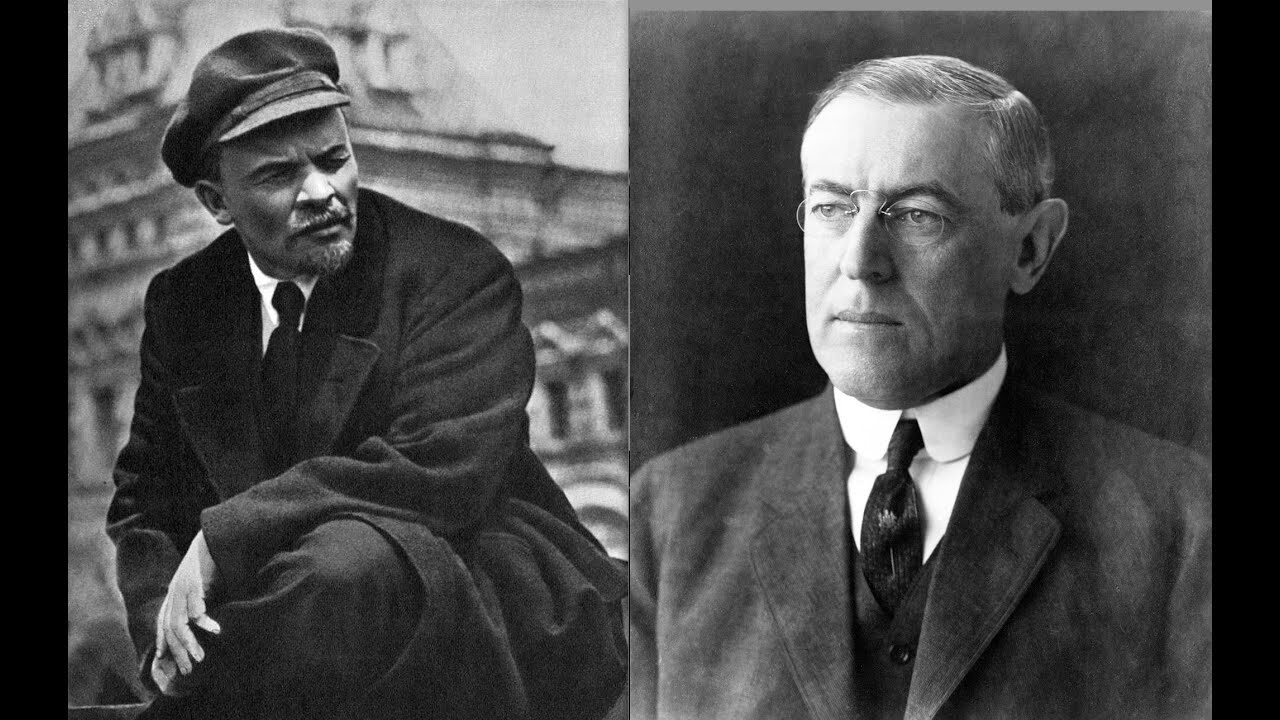
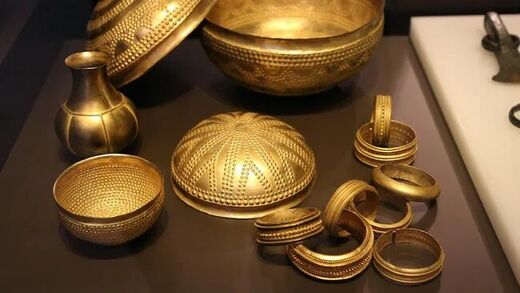

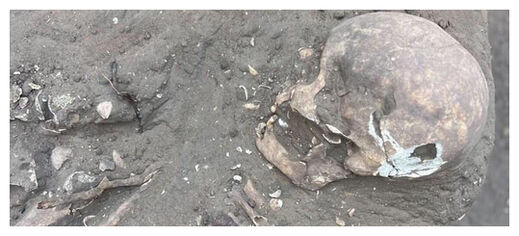
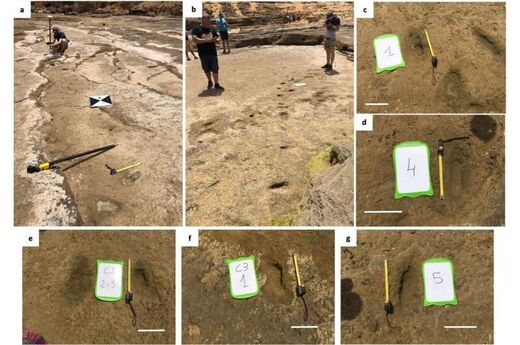

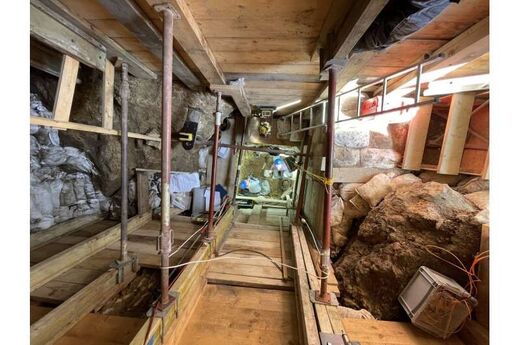
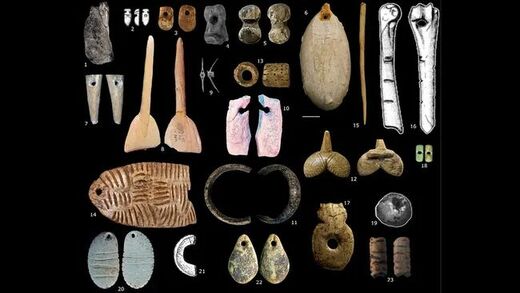
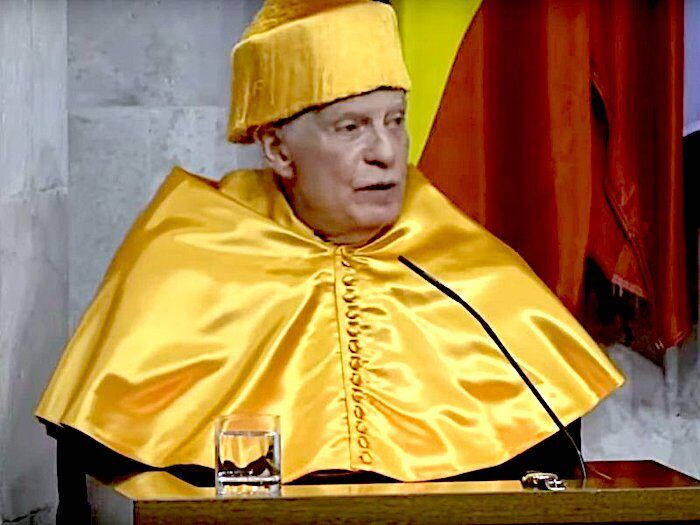
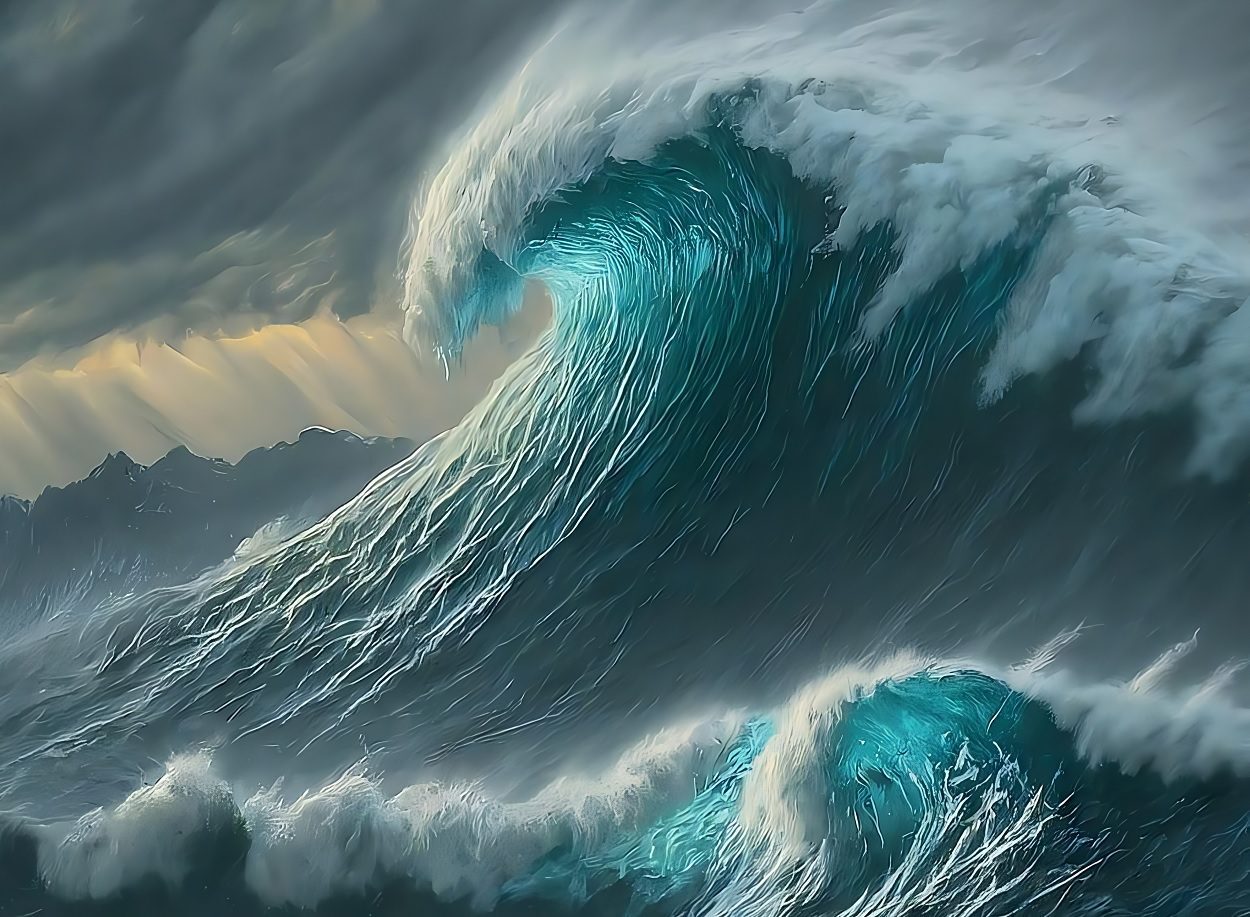



Comment: No, what Putin's 'allusions' to Russian history reveal is that he knows history, and that he goes deep into it to find answers to the pressing problems of today.